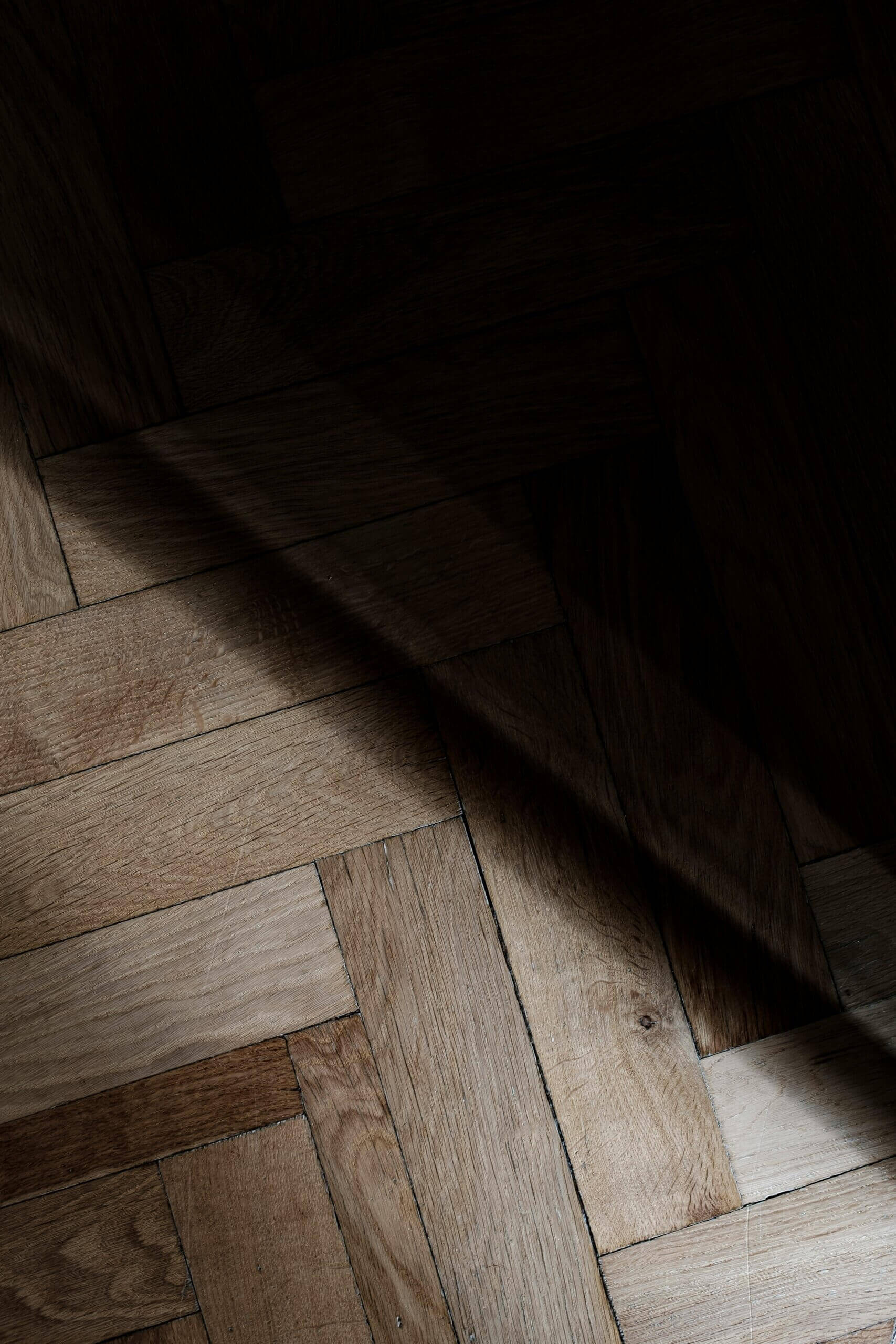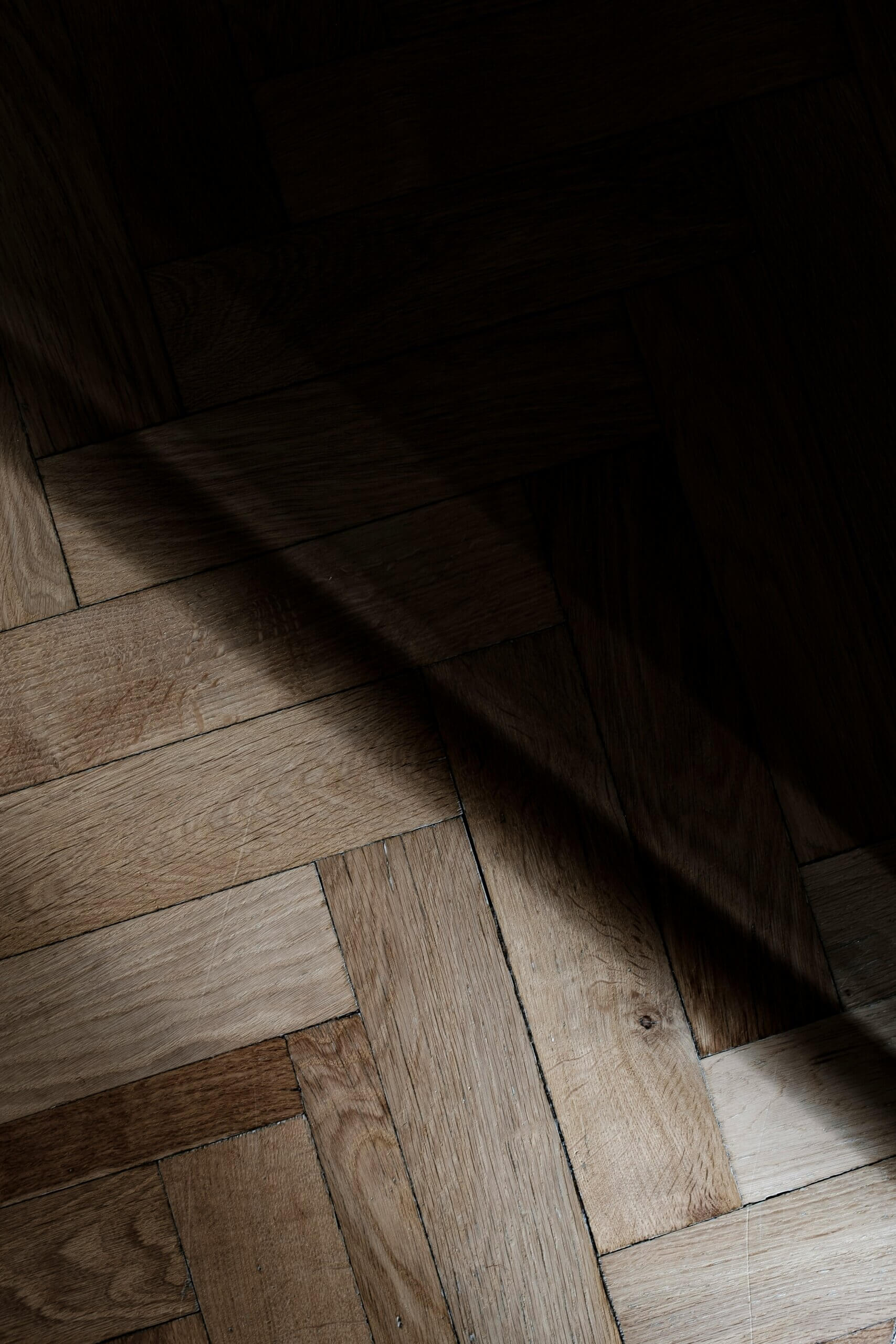
What is Loose Lay Vinyl Flooring?
Loose lay vinyl flooring is a unique type of resilient flooring that is designed to be easily installed without the use of adhesives or nails. It is composed of multiple layers, including a backing layer for stability and a top layer that provides durability and water resistance. This innovative flooring option sets itself apart from traditional vinyl flooring by offering exceptional ease of installation, making it an attractive choice for both homeowners and contractors.
One of the key distinguishing characteristics of loose lay vinyl flooring is its installation method. Unlike other vinyl options that may require glue or a click-lock system, loose lay products rely on their weight and the friction between the floor surface and the vinyl to remain in place. This not only simplifies the installation process but also allows the flooring to be easily removed or replaced when necessary. Such flexibility makes it ideal for use in both residential and commercial settings where temporary flooring may be needed.
The typical material composition of loose lay vinyl includes a dense core, which enhances its impact resistance, and a printed design layer that mimics the appearance of natural wood, stone, or other surfaces. This variety in design options has made loose lay vinyl flooring increasingly popular in the market, as it provides aesthetic appeal along with practical benefits. Furthermore, the flooring is generally easy to maintain, requiring only regular cleaning to preserve its appearance over time.
Loose lay vinyl flooring is particularly well-suited for high-traffic areas and environments where moisture is a concern, such as kitchens and bathrooms. Its growing popularity can be attributed to its performance characteristics, affordability, and ease of installation, making it a viable flooring solution for diverse applications.
Common Issues with Loose Lay Vinyl Flooring
Loose lay vinyl flooring is increasingly popular for its ease of installation and versatility. However, it is not without its issues. One prominent problem is the shifting or movement of the planks. Unlike traditional glued-down flooring, loose lay vinyl relies on the weight of the planks to remain in place. This can result in gaps or misalignments, especially in high-traffic areas or under heavy furniture. Over time, this movement can detract from the visual appeal and functional integrity of the flooring.
Another common concern is the flooring’s sensitivity to temperature variations. Vinyl flooring can expand and contract with changes in temperature and humidity. In environments with significant temperature fluctuations, loose lay vinyl may become curled or buckled, leading to an uneven surface. Such changes can affect both the aesthetics and the lifespan of the flooring, necessitating close attention to the installation environment.
Surface damage and wear are additional challenges faced by many users of loose lay vinyl flooring. Although designed to be durable, the top layer can be susceptible to scratches, dents, and scuff marks, particularly in homes with pets or heavy foot traffic. Regular maintenance and the use of area rugs can mitigate this issue, but it remains a consideration for potential buyers.
Finally, cleaning and maintenance of loose lay vinyl flooring can pose difficulties. While it is generally easy to clean, traditional mopping techniques may not be suitable. Excessive moisture can compromise the adhesive properties, leading to problems with warping or separation. Many homeowners are advised to use a damp mop instead, which may not be as effective in removing stubborn stains.
Understanding these common issues is crucial for anyone considering loose lay vinyl flooring. Awareness of these problems can help in making informed decisions, thus ensuring a better experience with flooring solutions in both residential and commercial spaces.
Comparing Loose Lay Vinyl to Other Flooring Options
When considering flooring options for your home or office, understanding the strengths and weaknesses of each type is crucial. Loose lay vinyl flooring has emerged as a popular choice due to its ease of installation and flexibility. However, comparing it to other flooring options such as traditional vinyl, laminate, and hardwood can shed light on its limitations.
Traditional vinyl flooring is known for its resilience and durability. It typically offers a more permanent installation, which can be advantageous in high-traffic areas. Unlike loose lay vinyl, traditional vinyl usually requires adhesive, providing a sturdier solution. This can prevent shifting over time, making it a better option for environments where stability is essential. However, the installation process can be more labor-intensive compared to the straightforward application of loose lay vinyl.
Laminates are another option in the flooring segment, which can mimic the appearance of hardwood while providing scratch resistance and affordability. They are installed as planks that interlock, creating a firm surface. While laminate flooring is generally more resistant to moisture than wood, it is crucial to recognize that it can be less forgiving in areas prone to water exposure compared to loose lay vinyl. Laminates may not perform as well in damp environments, making loose lay vinyl a more suitable option in such cases.
Hardwood flooring, although providing unmatched aesthetic value, often comes with a significant investment. Its longevity is impressive, yet it requires considerable maintenance and is susceptible to scratches and water damage. In contrast, loose lay vinyl flooring offers a cost-effective alternative with a waterproof surface, making it appealing for various settings. However, in situations where a long-term flooring choice is necessary, other options like traditional vinyl or hardwood may provide better durability.
By evaluating these comparisons, potential buyers can make informed decisions tailored to their specific flooring needs, understanding when loose lay vinyl may not be the ideal solution.
Mitigating Problems and Making Informed Choices
Loose lay vinyl flooring has garnered popularity for its ease of installation and versatility; however, it is crucial to understand how to mitigate its potential problems effectively. One of the primary considerations when installing this type of flooring is to assess the environment where it will be laid. Factors such as humidity, temperature, and foot traffic must be taken into account to ensure the longevity of the flooring.
When considering vinyl flooring options, it is advisable to select products specifically designed for high-traffic areas if that applies to your situation. These types often come with enhanced durability and a more robust wear layer. Additionally, thicker planks are generally more stable and better equipped to handle the strains of daily use.
Proper installation techniques can also contribute significantly to mitigating issues. Ensure the subfloor is clean, dry, and level before laying down your vinyl flooring. This preparation helps prevent gaps, buckling, and other problems that may arise after installation. Furthermore, adhering to the manufacturer’s guidelines regarding acclimatization can optimize the flooring’s performance. Allow the flooring to acclimate in the room it will be installed in, helping to reduce the impact of environmental fluctuations.
Maintenance practices are equally important. Regular cleaning and prompt attention to spills can preserve the aesthetic appeal and functionality of your vinyl flooring. Employing a no-wax cleaner and soft mops will help maintain its finish without causing damage. It’s also advisable to place welcome mats at entry points to minimize the amount of dirt and debris that can scratch the surface.
Finally, seeking professional advice from flooring experts can also provide invaluable insights tailored to your specific circumstances. This guidance is particularly beneficial when deciding on the right type of loose lay flooring that aligns with your lifestyle and environmental conditions. By weighing your options carefully and incorporating these strategies, you can ensure that your choice of flooring serves you well over time.



